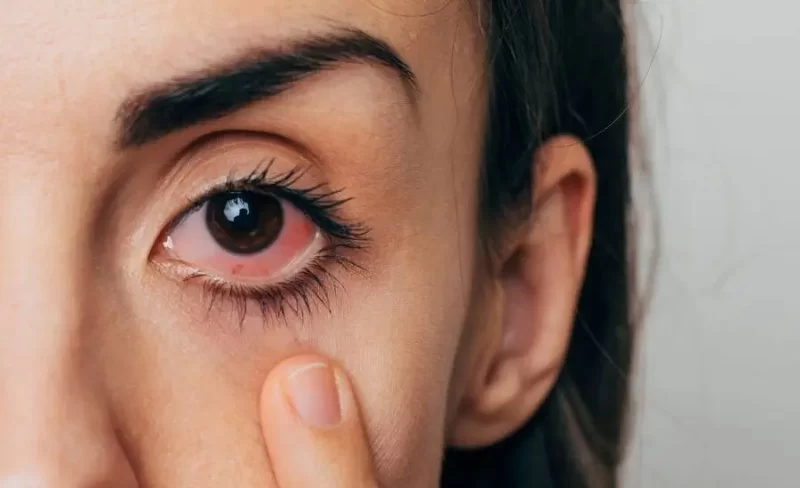
- understanding-what-counts-as-an-eye-emergency
- types-of-eye-emergencies-and-their-warning-signs
- immediate-actions-you-should-take
- real-life-case-what-happens-when-you-delay
- preventing-complications-why-professional-care-matters
- get-expert-guidance-from-eye-docs
1. Understanding What Counts as an Eye Emergency
Knowing how to handle eye emergencies starts with understanding what qualifies as one. An eye emergency refers to any sudden injury, trauma, or condition that threatens your vision or eye health. It can be caused by physical force, chemical exposure, or underlying medical issues such as infections or retinal detachment. Ignoring early signs often results in permanent damage, making prompt recognition essential.
2. Types of Eye Emergencies and Their Warning Signs
2.1. Corneal Abrasions and Foreign Objects
If you feel like something is scratching your eye, you might have a corneal abrasion. While small particles like sand or dust usually flush out on their own, some sharp debris can scratch the cornea and lead to infection. Blinking pain, redness, and watery eyes are warning signs.
2.2. Chemical Burns
Acidic or alkaline substances (like cleaning agents) in the eye require urgent flushing with water for at least 15 minutes. The danger is not just pain but irreversible tissue damage, especially from alkaline chemicals.
2.3. Blunt Force Trauma
Sports injuries, car accidents, or even a toddler’s toy can cause blunt trauma. Symptoms such as black eyes, swelling, double vision, or difficulty moving the eye signal internal bleeding or orbital fractures.
2.4. Sudden Vision Loss or Floaters
Retinal detachment, optic neuritis, or vascular blockages can cause sudden vision changes. If you notice flashes of light, curtain-like vision loss, or a swarm of floaters, seek emergency care immediately.
3. Immediate Actions You Should Take
When seconds matter, knowing the correct first aid makes all the difference:
- For foreign objects: Don’t rub your eyes. Rinse gently with clean water or saline solution. Avoid using tweezers or fingers.
- For chemical burns: Keep flushing the eye with cool water. Tilt the head so the affected eye is downward, preventing chemicals from spreading.
- For trauma: Apply a cold compress gently but do not put pressure on the eye. Avoid painkillers that can thin blood, such as aspirin.
- For sudden vision loss: Avoid driving. Keep your head elevated and stay calm while you contact a medical professional.
Most importantly, never self-diagnose. Even seemingly minor eye issues can escalate quickly.
4. Real-Life Case: What Happens When You Delay
John, a 42-year-old carpenter, ignored mild eye pain after sawing wood without goggles. By the third day, the eye turned red and swollen. He was diagnosed with fungal keratitis—a rare but serious infection. Despite treatment, John lost partial vision in that eye. Had he sought help immediately, the outcome would have been very different.
This isn’t an isolated case. Eye Docs has encountered countless patients whose vision could have been preserved with timely intervention.
5. Preventing Complications: Why Professional Care Matters
When it comes to your eyes, delaying is dangerous. Professionals use slit-lamp exams, fluorescein dye, and retinal imaging to detect damage invisible to the naked eye. They can prescribe the right treatments—antibiotics, anti-inflammatories, or surgical procedures—based on accurate diagnoses. Never underestimate minor symptoms. What begins as discomfort could evolve into blindness without proper care.
6. Get Expert Guidance from Eye Docs
Your vision is non-negotiable. If you suspect an eye emergency, act fast. Knowing how to handle eye emergencies can save your sight. Whether it’s a foreign object or a sudden blackout of vision, early treatment is your best chance at recovery. For fast, reliable, and professional help, turn to Eye Docs—a trusted name in emergency eye care that helps patients get the right attention without delay.








